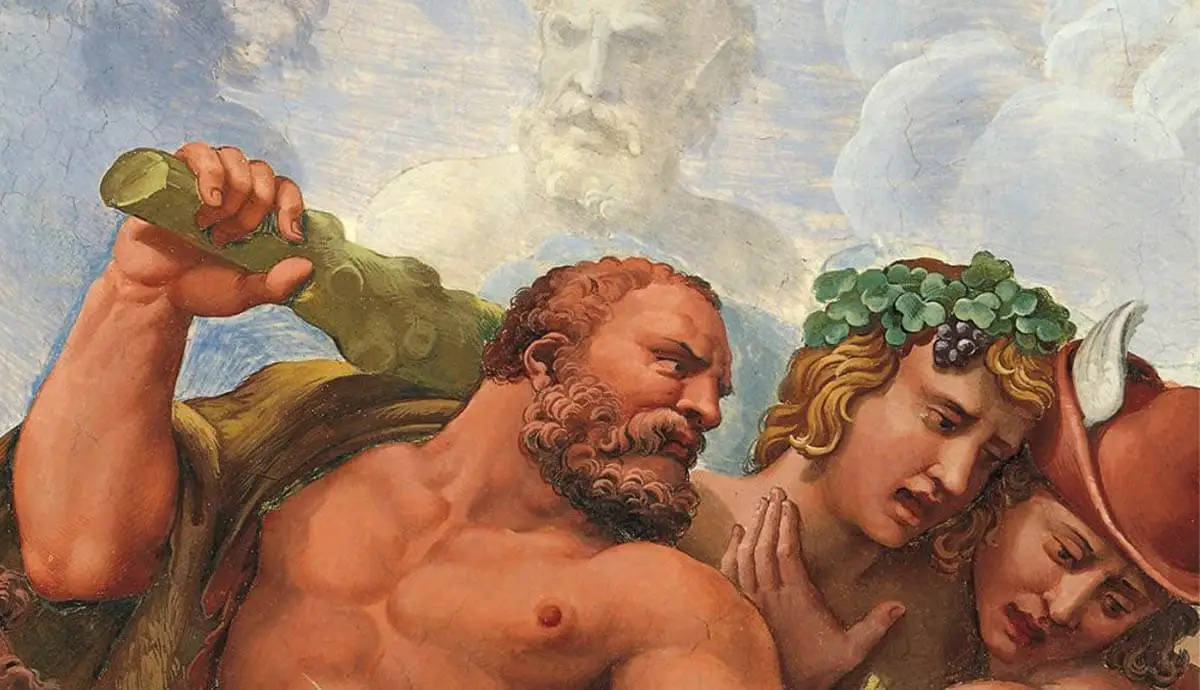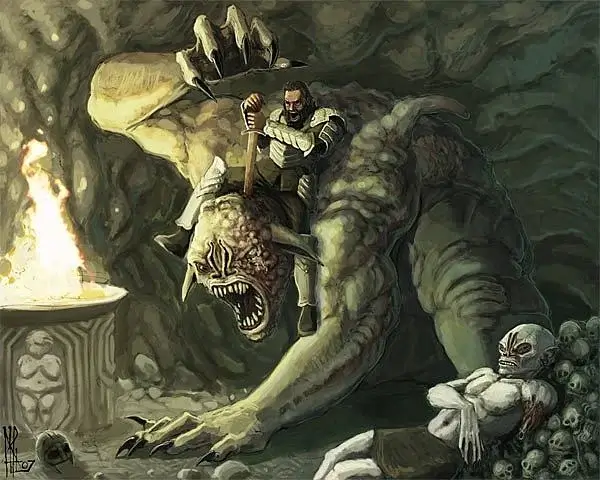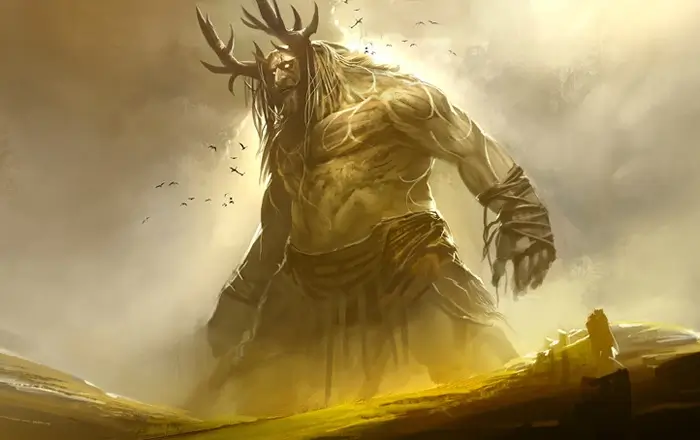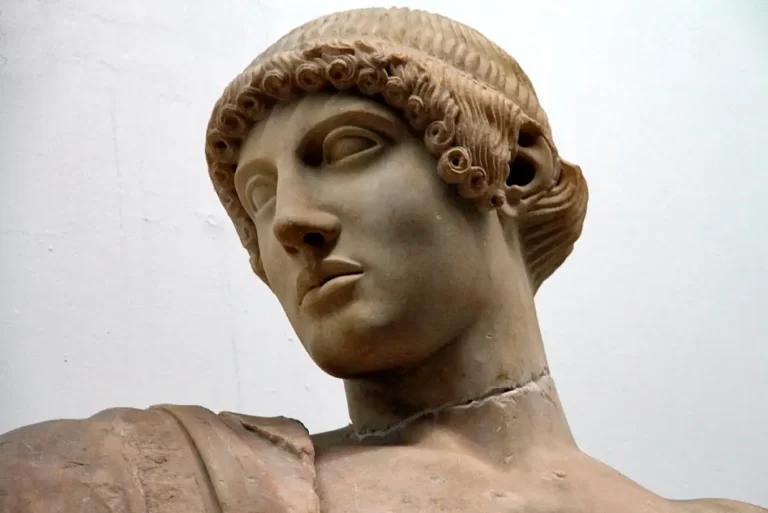The Birth Of Pityocamptes Greek Mythology
Pityocamptes was a giant in Greek mythology. He was the son of Eurytus and lived in Thessaly. Pityocamptes was a very strong man, and he often challenged people to wrestling matches. He would wrestle them until they gave up or died.
One day, Pityocamptes challenged Heracles to a match. Heracles had just come back from one of his twelve labors, and he was very tired. Pityocamptes thought that he could easily defeat Heracles. However, Heracles was too strong for Pityocamptes and defeated him. Heracles was so strong that he broke Pityocamptes’ arms, and he died.
What is Pityocamptes Greek mythology?
Pityocamptes was a monster from Greek mythology who had the body of a man and the legs and talons of an eagle. He lived in the mountains and would swoop down on unsuspecting travelers, carrying them off to his nest to devour them. Pityocamptes was finally killed by Hercules, who crushed him beneath a boulder.
Where do they come from?
Pityocamptes is a figure from Greek mythology who was responsible for the death of Orpheus. Orpheus was a famous musician and poet who was able to charm animals and even plants with his music. He married Eurydice, but she died soon after from a snake bite. Orpheus journeyed to the underworld to try and bring her back but was only allowed to do so if he didn’t look back at her until they reached the surface.
What do they look like?
Pityocamptes is a creature from Greek mythology that is said to resemble a human. They are said to have long, sharp claws and teeth, and to be covered in fur. They are also said to be able to climb trees and cliffs. Some stories say that they live in the mountains, while others say that they live in forests. It is also said that they can see in the dark and may have supernatural powers. Other stories say that Pityocamptes were once human, but were transformed into monsters after killing another human.
What do they eat?
Pityocamptes is a figure from Greek mythology who was said to live in the mountains and feast on the bark of trees. He was also said to be able to kill people with just a glance.
Pityocamptes is often depicted as a wild and savage creature, living off the land and preying on anything that crosses his path. In some stories, he is said to eat the flesh of his victims, while in others he is content with simply destroying their homes and belongings.
Whatever the case may be, Pityocamptes is definitely not a figure to be trifled with. If you find yourself in his territory, it’s best to tread cautiously and hope that he takes pity on you.
What is their role in Greek mythology?
Pityocamptes is a creature from Greek mythology with the body of a man and the legs and tail of a serpent. They are also sometimes referred to as “snake-foots”. In most stories, they are said to be dangerous and aggressive, often preying on humans. However, some accounts depict them as helpful beings, such as in the story of Jason and the Golden Fleece.
Pityocamptes play a role in many Greek myths and legends. In most cases, they are seen as dangerous creatures that pose a threat to humans. However, there are some stories in which they are depicted as helpful beings. One example is the story of Jason and the Golden Fleece. In this tale, a Pityocamptes helps Jason by giving him advice on how to complete his quest successfully.
What is the story of Pityocamptes?
Pityocamptes was a giant who roamed the Earth in Greek mythology. He was said to have a body made of stone and was very strong. Pityocamptes would attack people and animals, and he was also said to be able to control the weather. One day, Pityocamptes came across a group of people who were trying to move a large boulder. Pityocamptes offered to help them, but instead, he pushed the boulder onto them, crushing them. The god Zeus was angry at Pityocamptes for his cruelty and turned him into a stone statue.
Conclusion: Why the story of Pityocamptes is still relevant today
The story of Pityocamptes is a reminder that we must be careful of the things we wish for. Pityocamptes thought he could outsmart Zeus and ended up paying the ultimate price. His story is a cautionary tale about hubris and wanting more than what we have.
Though it was written centuries ago, the story of Pityocamptes is still relevant today. In our materialistic society, it’s easy to get caught up in wanting things we can’t have and losing sight of what’s truly important. The next time you find yourself coveting someone else’s possessions, remember the fate of Pityocamptes and be content with what you have.






